How to Make a Perfect Soft Field Landing Every Time
Pilot Institute
MARCH 26, 2024
This tendency is due to their high center of gravity and heavy engine over the nose wheel. A faster, reduced-flaps approach improves aircraft control during strong crosswinds or gusts. Make sure not to pull back too hard, or you could cause a tail strike. In extreme cases, a nose-over can occur.

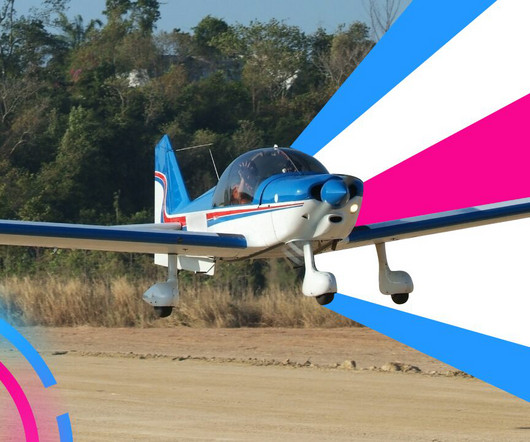
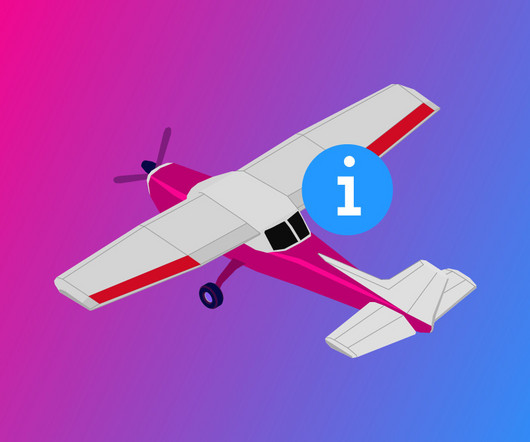
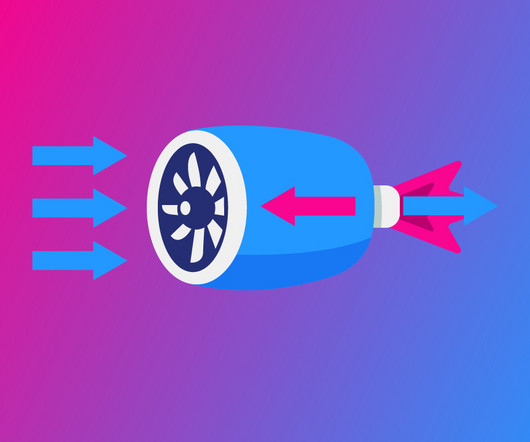
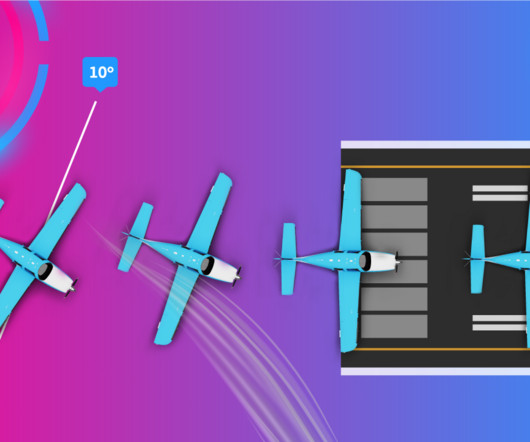


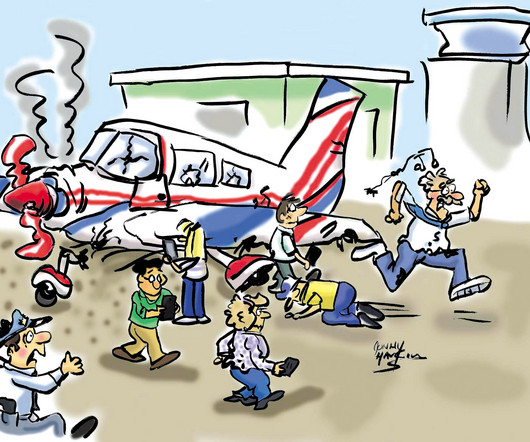






Let's personalize your content